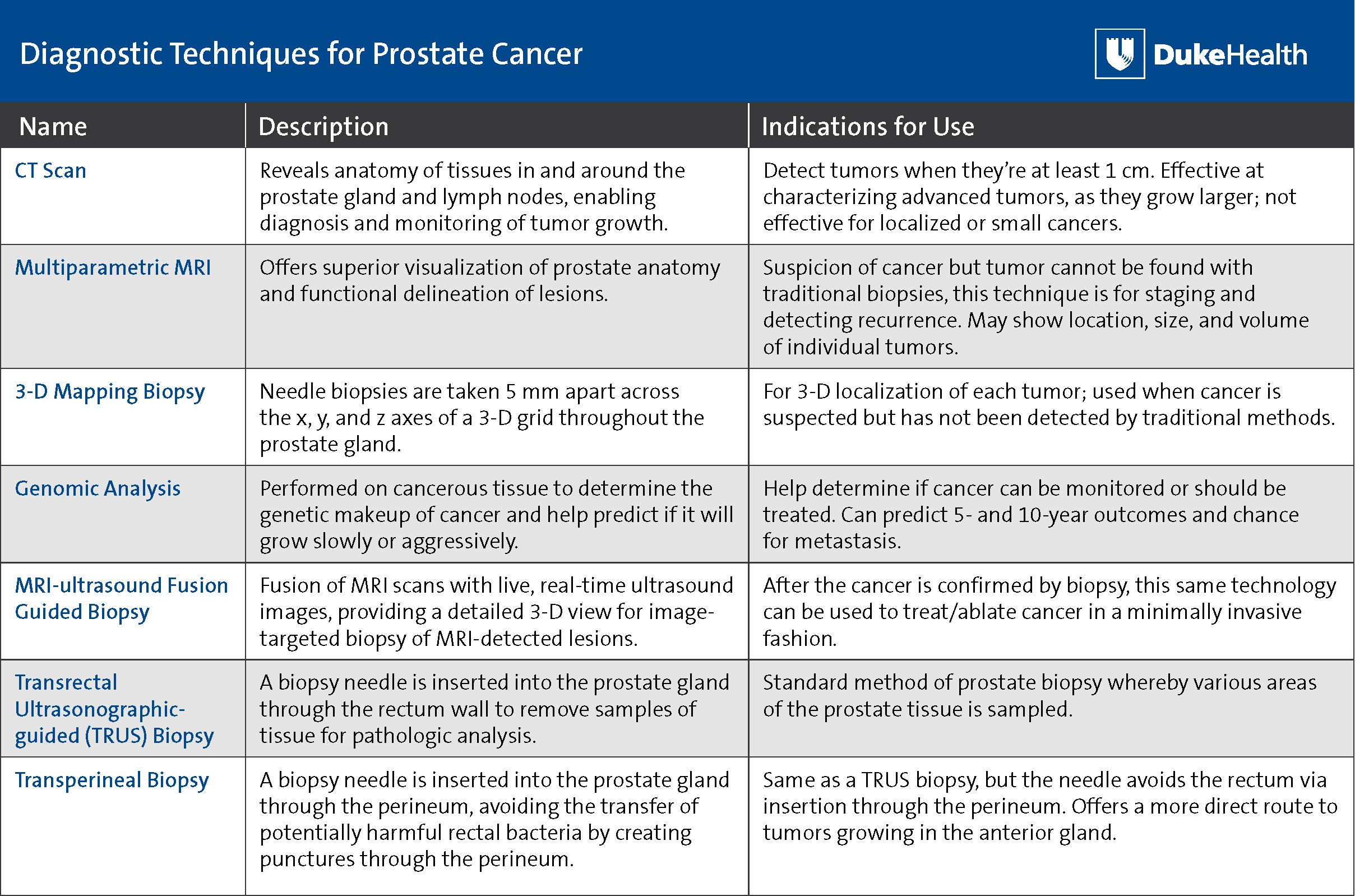While conventional methods for treating prostate cancer such as radical prostatectomy or radiation therapy are effective, they often cause significant, unintended therapeutic side effects to surrounding structures that can result in erectile dysfunction, incontinence, or bowel irritation. This has led to the development of innovative diagnostics and targeted focal therapies that are minimally invasive and help prevent traditional side effects from extensive surgery, radiation, and whole-gland treatments.
Urologic cancer surgeon Thomas J. Polascik, MD, is director of surgical technology at Duke Cancer Institute’s Center for Prostate & Urologic Cancers and is the founder and president of the international Focal Therapy Society. “We should do our best to characterize the tumor(s), understand the biology, and then recommend an appropriate, customized treatment for each patient,” he says. “Cancer control, along with the preservation of continence and potency, is not so much device-specific but has more to do with patient selection and the ability to image the cancer and understand the boundaries of the cancer.”
Duke investigators have been closely involved in the development and approval of therapies now available to men with advanced prostate cancer, including newer hormonal therapies, immunotherapies, chemotherapies, and radiopharmaceuticals.
In the tables below, Polascik offers descriptions and recommendations for each of the latest diagnostic techniques and focal treatments, many of which are now available for patients at Duke:

